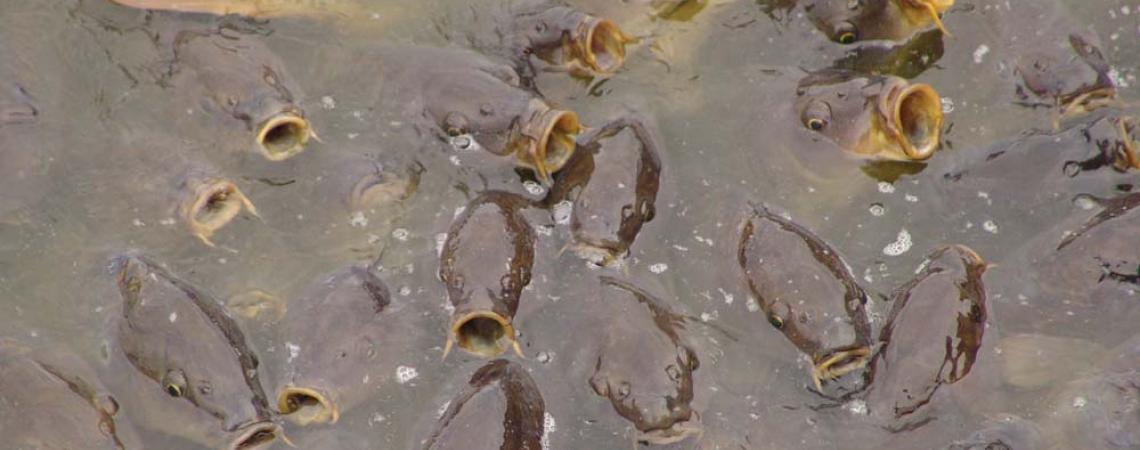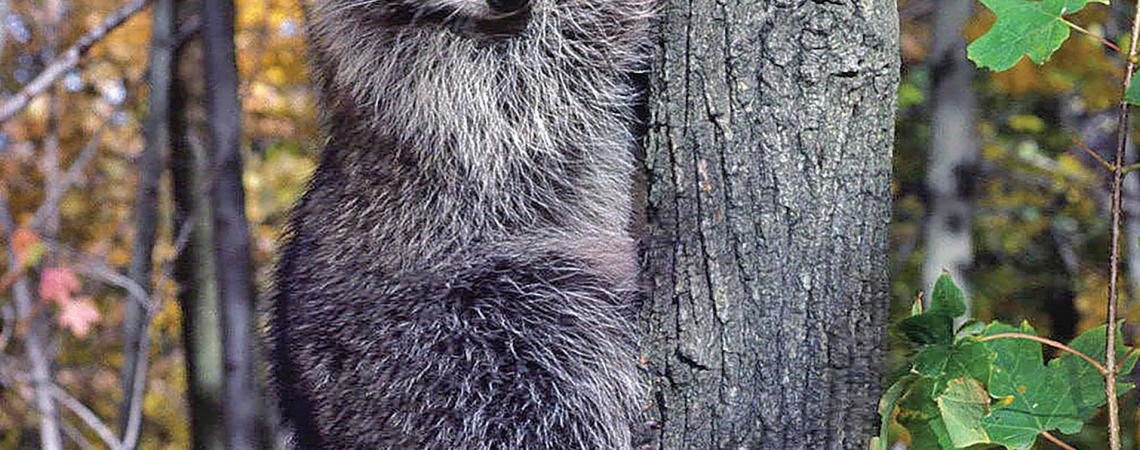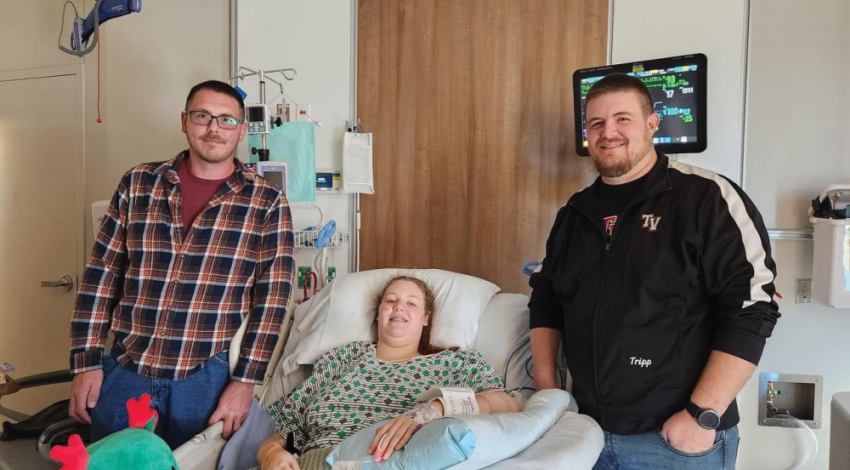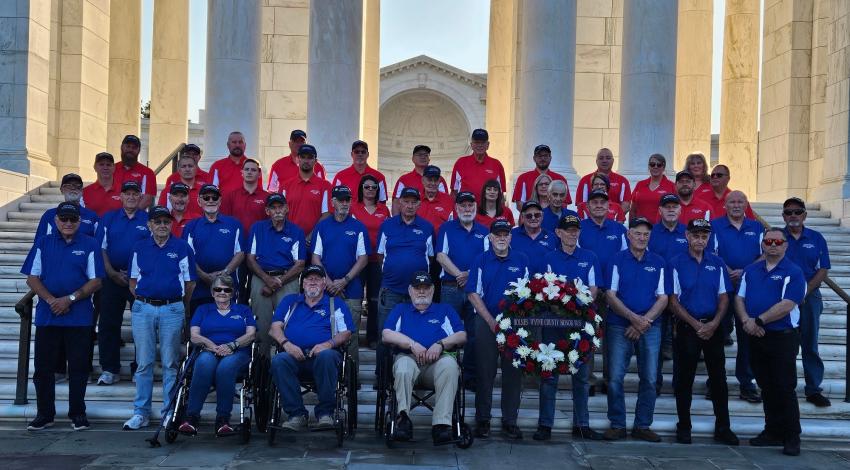Professional wildlife management, as practiced today by America’s state/national governmental agencies and private conservation organizations, is a high-tech, finely tuned science that has resulted in the restoration of many wildlife species — some absent from Ohio for more than a century.
In its infancy, though, wildlife management was more hit or miss — resulting in, at times, too much of a good thing. Today, we’re still dealing with some of the negative repercussions of past decisions. In retrospect, it leaves you shaking your head and wondering, “What were those early wildlife and fisheries biologists thinking?”
Non-native to North America, common carp were first introduced to Ohio in 1879 when the U.S. Fish Commission shipped some of the fish to the Cincinnati and Fremont areas for stocking in private ponds and lakes.
22 million carp?!?
For example, the following item appeared nearly a century ago, in the March 1923 issue of the Fisheries Service Bulletin, published monthly by the Federal Bureau of Fisheries, under the heading “Hatching Carp in Lake Erie”:
“The Put-in-Bay (Ohio) station has been quite successful in its second attempt to propagate carp for the purpose of maintaining the supply of this very important fish in the western end of Lake Erie. Eggs were collected by various seine fishermen operating between Port Clinton and Oak Harbor, and were incubated in a temporary hatchery set up at the plant of R. Bell Fish Company at Port Clinton. In all, 28,500,000 eggs were secured, and the 22,800,000 fry resulting were liberated on the natural spawning grounds in the Portage River.”
Non-native to North America, common carp were first introduced to Ohio in 1879 when the U.S. Fish Commission shipped some of the fish to the Cincinnati and Fremont areas for stocking in private ponds and lakes. Not surprisingly, the carp soon “escaped” into nearby streams and quickly spread nearly statewide by the end of the decade.
“Of all the non-native fish found in Ohio, the European carp (common carp), sea lamprey, and round goby have proven the most destructive,” says Dan Rice, co-author of the 2014 book Native Fishes of Ohio. “As carp numbers increased, they began to wreak havoc on aquatic environments, destroying aquatic vegetation through their rooting actions, and causing irreparable damage to wetlands.” Not to mention the damage done to native fish species.
Farmed raccoons
Drive down any rural Ohio highway, even just a few miles, and you’ll soon see a road-killed raccoon. The state population of these masked, ring-tailed bandits has been extremely high for decades, resulting in an inestimable amount of damage to farm and garden crops, as well as other property damage. But that has not always been the case.
The state raccoon population was so low during the early 20th century that the Ohio Division of Wildlife actually raised the critters on game farms, then released them to bolster the wild population. In the Summer 1998 issue of the division’s Wild Ohio magazine, a photo caption on page 7 reads:
“Raised at the Milan ’Coon Farm in north-central Ohio during the 1930s, thousands of raccoons were stocked throughout Ohio at a time when these animals were extremely scarce in the state. During the past 15 years, wild raccoon populations have increased more than 800 percent in Ohio.”
Non-migrating geese
It seemed like a good idea at the time, the latter half of the 20th century — who wouldn’t want to see more geese migrating across a brilliant-blue autumnal sky? Both birders and hunters would benefit, right?
The trouble with introducing the giant Canada goose (a subspecies of the Canada goose) to Ohio is that not all giants necessarily migrate. Given enough food and open water during winter, some stay put year-round. And eat. And eat. And eat some more, then do that something that comes as a natural result of all that eating — in massive quantities.
Geese also reproduce relatively rapidly. All told, it was the perfect recipe for the big birds to eventually become a nuisance species of waterfowl in many areas — some biologists today even refer to them as “sky carp.”
Success stories happen, too
On a more positive note, bald eagles, white-tailed deer, wild turkeys, river otters, Lake Erie walleye, and many more wild species, both large and small, have all benefited from modern-day scientific wildlife and fisheries management in the Buckeye State.
In fact, our North American model has become so successful that it now serves as a shining example to the rest of the world as to what can be accomplished in the restoration of both game and nongame animals given enough time, resources, skill, and money.
That said, it would be interesting to know what future Ohioans a century from now will think of the wildlife legacy we leave them. There is certainly much to be proud of, but I’m sure, based on past lessons, that we’ve made a few mistakes as well. And like our predecessors, we just don’t know it yet.











